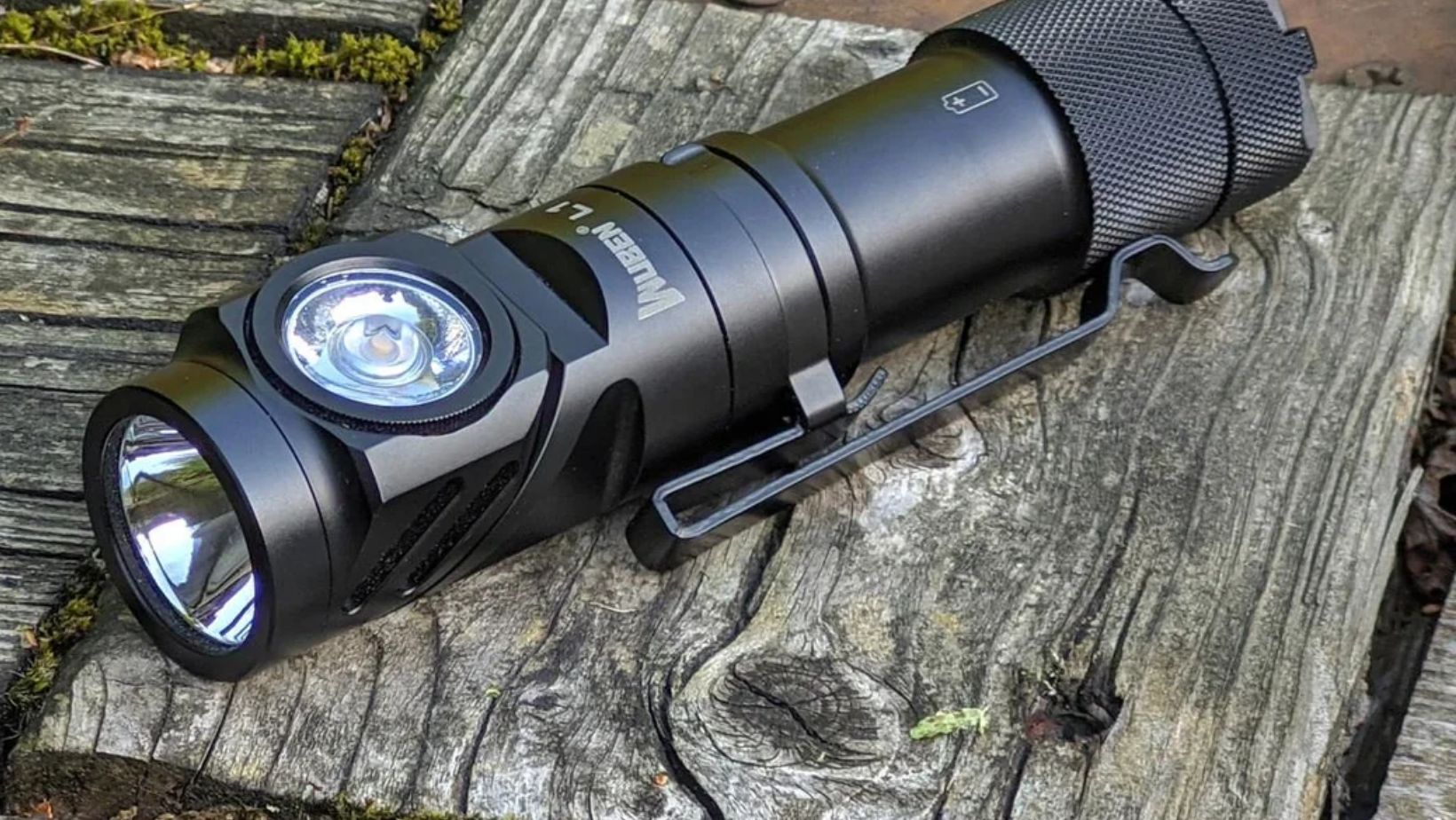Flashlights are an essential part of our existence. They are helpful not only in lighting our way through the dark but also for various occupations and being happy while taking part in a wide variety of outdoor activities. However, it can indeed be quite difficult to discern on what basis an EDC Flashlight is able to undergo various vicissitudes. Essentially, the properties of any flashlight–be it durable and strong (so as not easily broken) or light–depend to a great extent on what it is made from. Therefore, this article will describe the main materials that can be used to make these tough tools.
Various Materials Used To Craft Everyday Carry Flashlights
Aluminum: The Sturdy Classic
Flashlights are usually made of aluminum. Such flashlights are lightweight but sturdy, which is the best combination. Moreover, aluminum is known for its excellent heat dissipation properties, which is also very important for flashlights of high power. They may become a little bit scratched or dented in the course of time, but it does not impair its use which is extremely rare.
Stainless Steel: The Fit Choice
The stainless steel flashlight is one of the hardest collections ever, it is one of the toughest flashlights because steel being a metal resists corrosion and is very strong. These flashlights are of the smooth metallic finish and they are a more elegant variation than most other flashlights but they are slightly heavier than every other flashlight. But, they are popular for use for their toughness and appearance.
Plastic and Polymer: Lightweight Workhorse
Plastic and polymer flashlights are the most commonly seen on the market. These flashlights are made of high-quality plastics or polymers. Plastic and polymer flashlights offer a somewhat practical, lightweight solution and are probably the best for everyday use. This material is inherently versatile and can be crafted into all lines of products in all shapes and sizes. In addition, this kind is somewhat cheaper. For practical purposes, the choice of flashlight for everyday use should differ fundamentally. However, it is inadvisable to leave it in the vicinity of high heat sources, as plastic is flammable, unlike metal or glass.
Titanium: The Premium Alternative
The material that can be considered elite for flashlight construction is titanium. They have the best features of both aluminum and stainless steel options, such as high strength, low weight, and excellent corrosion resistance. However, titanium flashlights have even better performance, higher tolerance to extreme temperatures, and resist wear and tear. All these excellent characteristics combine to make titanium a premium material and a reason for their relatively high price, but they are undoubtedly an exceptional choice for people who require top durability and quality.
Composite Material: The Innovative Approach
Getting to be more and more popular, a new trend in flashlight material is a composite one. Composite materials combine two or more different substances and strive to produce a combination that is better than its individual elements. For example, carbon fiber reinforced polymers have a similar lightness feature to plastic, though their strength comes close to that of metals. On the one hand, these materials might be crucial for creating new flashlights in the future that will be a balancing act of weight, strength, and, above all, cost.
Conclusion
The high performance, durability, and convenience of a flashlight are greatly dependent on the materials it is made from. Whether it is the plastic that makes flashlights really light, the stainless steel that makes them robust, or the titanium that provides the best quality, every material has its specifics. Understanding them, one may make the right choice according to their needs whether these are lightweight flashlights for everyday carry or a sturdy tool for outdoor adventures. In this way, the material a flashlight is made from lies on the ground making it more than just a useful item but a reliable helper.


